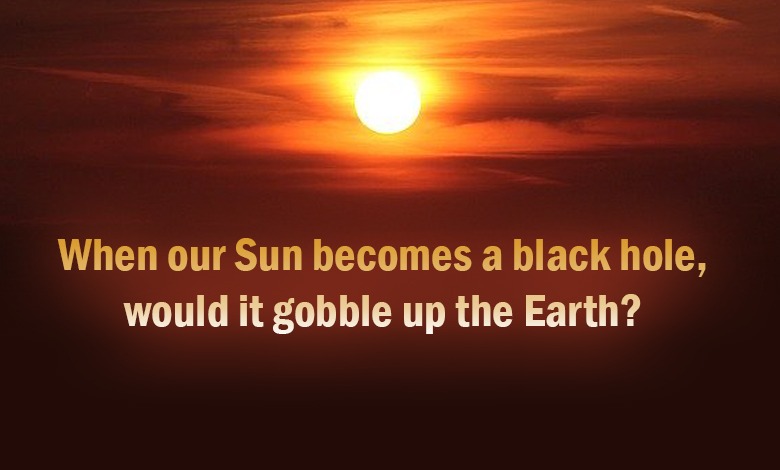John got an adrenaline rush every time he watches apocalyptic-themed movies. His imagination draws bizarre doomsday events that would put the Earth and humanity in devastation. And he would always ask, what if tectonic plates move simultaneously and create the strongest earthquakes? What if all volcanoes on land and underwater erupt? What if a massive asteroid hit the planet? What if the Earth stops spinning, or the Sun dies-off? They might sound peculiar, but there are possibilities for these unfortunate events to happen.
Naturally-occurring calamities such as earthquakes, tsunamis, volcanic eruptions, typhoons, and floods have claimed millions of lives worldwide. However, many more dangerous extra-terrestrial events happened in the past, such as asteroid impact that is allegedly the culprit of mass extinction of dinosaurs millions of years back.
For decades, scientists around the globe are working overtime. Countries are funding billions of dollars for various researches related to general physical science, meteorology, astronomy, and space exploration to understand the natural phenomenon fully and quest for answers as to how the universe and everything in it behaves, and how they affect life on the Earth.
Earlier this year, European astronomers discovered the closest black hole just 1,000 light-years or 9.46 trillion kilometers from Earth and assumed that there are many more black holes near us. A black hole is a place in space where gravity is so strong that even light cannot escape. The discovery of the nearest black hole speculated some questions. If the Sun becomes a black hole, would it swallow up the planets orbiting it, including the Earth?
Albert Einstein made the first prediction of the existence of a black hole in his General Theory of Relativity in 1916. But the term was coined in 1967 by John Wheeler, an American astronomer. Black holes can are identified according to how their formation: Stellar black holes form when individual, relatively small but extremely dense star collapse, Intermediate black holes are formed when a cluster of stars bump into each other in a chain reaction, and Supermassive black holes are formed when hundreds or thousands of black holes become one.
The Sun where the Earth orbits is a star, so we might as well ask, will it become a black hole? No, the Sun is too small to become a black hole! The Sun needs to be 20 times greater than its current size and explode into a supernova before disintegrating into a black hole. There are smaller stars like the Sun, which are big enough to become a supernova but too small to develop into a black hole. Instead, they will breakdown into a super-dense structure called neutron stars. So what will happen to the Sun when it runs out of power? Astronomers predicted that in some 6 billion years, our Sun would run out of fuel and end up a white dwarf remnant of a star with unwanted heat (click here for more details)
If the Sun were to compact and turn out to be a black hole, it will only be less than 4 miles across and contain no more matter and the gravitational force on Earth and the rest of the planets in the solar system orbiting it than it does now. For years of observations and studies, astronomers discovered that many galaxies in the universe have supermassive black holes that contain the mass of more than 100 million Suns (click here for more details)
With the Sun’s present size, the probability of it becoming a black hole is very low. But if we are going to squeeze it by some technological process and method, it would only be as big as an average-sized mountain, not strong enough to swallow the Earth. On the other hand, if we will compact the Earth, it will be the same as the size of a marble. For now, let us enjoy the heat coming from the Sun, which makes life on our planet possible and forgets what will happen 5 to 6 billion years from now. But just in case, we will be gobbled up by a black hole, and we will disappear instantly without even perceiving we have already gone.
